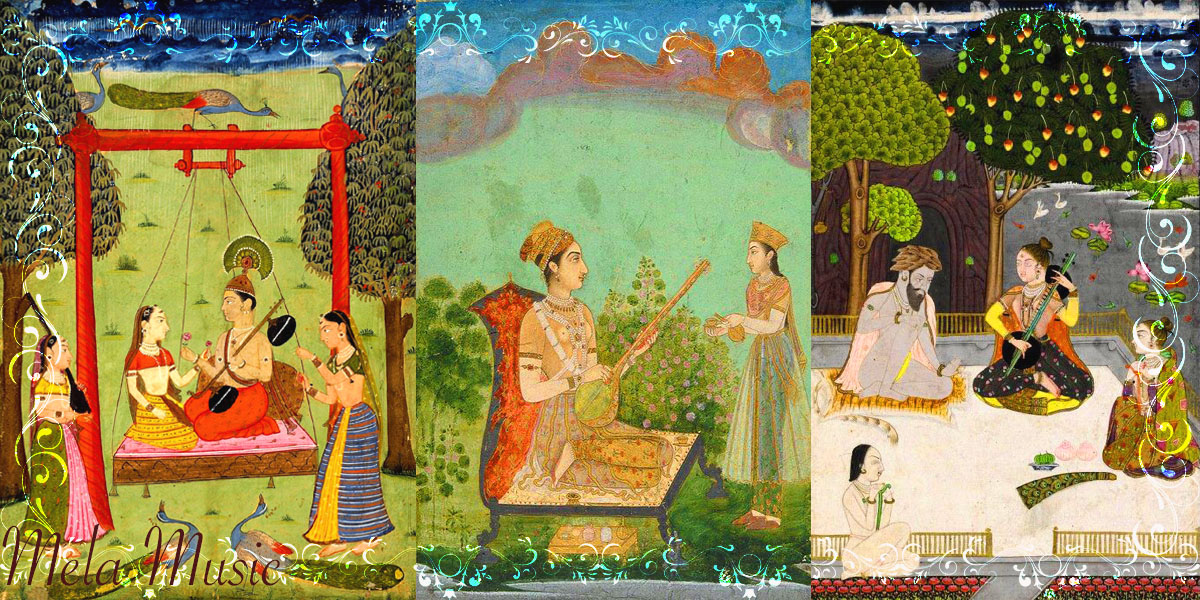
Raga Hindol embodies the effervescent spirit of spring and the joyous abandon of Holi, weaving a tapestry of emotions that oscillate between celebration and tender reflection. Its pentatonic structure—omitting Re and Pa—creates a luminous, weightless quality, evoking images of blooming flowers, sunlit mornings, and the rhythmic sway of a swing (Hindol translates to “swing”). The raga’s ascending phrases, like G-M-D-N, mimic the rising energy of dawn or birds taking flight, while descending glides (N-D-M-G) suggest petals drifting in the breeze. At its core lies Shringara rasa—romantic and devotional love—channeling Krishna’s playful dalliances with Radha and the gopis. Yet beneath its jubilance lingers a whisper of longing, a poignant reminder of life’s fleeting beauty, mirroring spring’s transient bloom.
The raga’s emotional duality is heightened by its hypnotic repetition of Ga and Ni, notes that anchor the listener in a trance-like state of bliss. It avoids heaviness, instead conjuring Holi’s kaleidoscopic chaos—laughter, dancing, and the uninhibited throwing of colors—while also evoking quiet introspection. In devotional contexts, it becomes a metaphor for the soul’s yearning to merge with the divine, blending earthly joy with spiritual depth. Unlike somber pentatonic ragas like Malkauns, Hindol is radiant and fluid, its melodies cascading like a gentle stream. To experience Hindol is to inhabit a moment of pure, fleeting magic—where the heart swings between ecstasy and reverence, celebrating life’s vibrancy even as it acknowledges its impermanence.
Prahar – 1 (6am – 9am)
Thaat – Undefined
Aroha – S G M D N D S’
Avaroha – S’ N D M G S
Pakad – G M D N D S’, N D M G S
Vadi Swar – DHA (D)
Samvadi Swar – GA (G)
Notation Symbols Explained
Octave Indicators
Timing and Pauses
Content provided by Sangeetpedia
